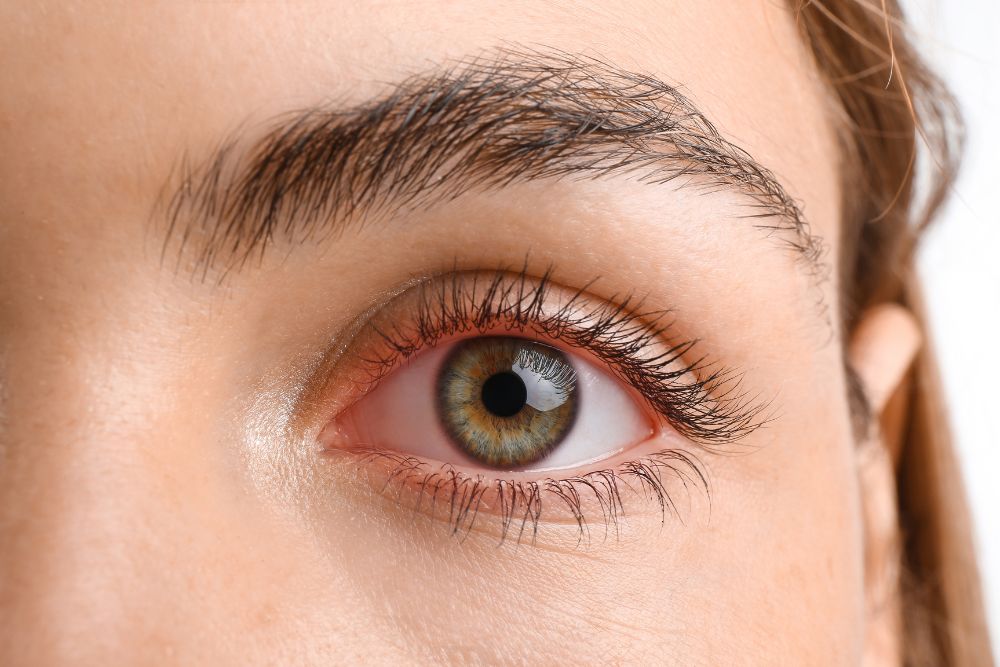What Is Uveitis? Causes, Symptoms, and Treatment Options

Uveitis is inflammation inside the eye. Treatment methods may vary depending on the type of uveitis and its severity. Seeking intervention early is crucial for better vision outcomes. That's why it's important to understand the causes of uveitis and be aware of the symptoms to look out for.
Types of Uveitis
There are four different subtypes of uveitis depending on where the inflammation is located. The four subtypes include:
- Anterior uveitis: This is the most common type of uveitis. It involves swelling and inflammation in the front portion of the eye. It typically impacts the iris, the colored part of our eye surrounding the pupil that is responsible for regulating the amount of light entering the eye.
- Intermediate uveitis: This type of uveitis affects the peripheral retina, the thin, photosensitive tissue layer responsible for night vision and peripheral, or side vision. It also can impact the vitreous gel, the clear gel-like material in the eye.
- Posterior uveitis: This type of uveitis affects the back portion of the eye. It can impact the choroid, a tissue that connects the sclera to the retina. The choroid is responsible for the regulation of ocular circulation.
- Panuveitis: This condition causes inflammation in all parts of the uvea. It can even impact the entire eye, including the retina, optic nerve, vitreous, and lens.
What Causes Uveitis?
Doctors don’t always know what causes uveitis. In some cases, the condition is caused by autoimmune diseases like AIDS, lupus, rheumatoid arthritis, and multiple sclerosis. In other cases, uveitis is caused by an infection or a condition related to an infection, such as shingles and syphilis. Uveitis can also be caused by cancers that affect the eye, like lymphoma. Uveitis is most common in adults ages 20 to 60, and people who smoke cigarettes are at a higher risk of developing the condition.
Uveitis Symptoms
Early uveitis symptoms usually start suddenly and include:
- Blurred vision
- Sensitivity to light
- Eye pain
- Red eyes
- Floaters (small dark spots or lines that float across your vision)
If you notice any of these symptoms, it’s important to seek medical attention as soon as possible. Uveitis can cause vision loss if left untreated.
Uveitis Treatment Options
Uveitis treatment depends on the condition’s source. The most common treatment is steroid eye drops, which help curtail redness, inflammation, and pain. Depending on how advanced your case is, you may require steroid tablets, injections, immunosuppressive medications, or surgery. The earlier you receive treatment for uveitis, the better your vision outcomes will be.
Schedule an Appointment with a Retina Specialist
Uveitis is a serious eye condition that can cause permanent vision loss if not addressed swiftly. If you suspect you have the condition, please contact Palmetto Retina Center today. Our retina specialists can effectively diagnose and treat all subtypes of uveitis in patients throughout South Carolina, including Columbia, Sumter, Florence, and Aiken.
